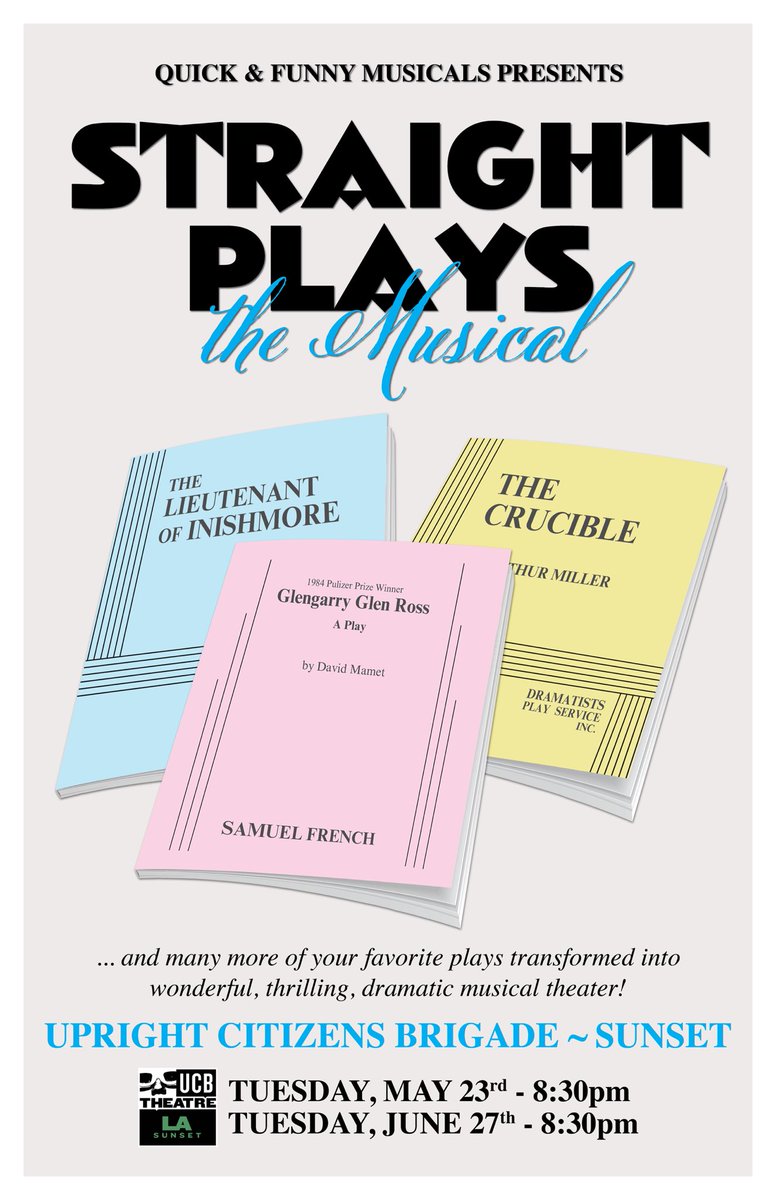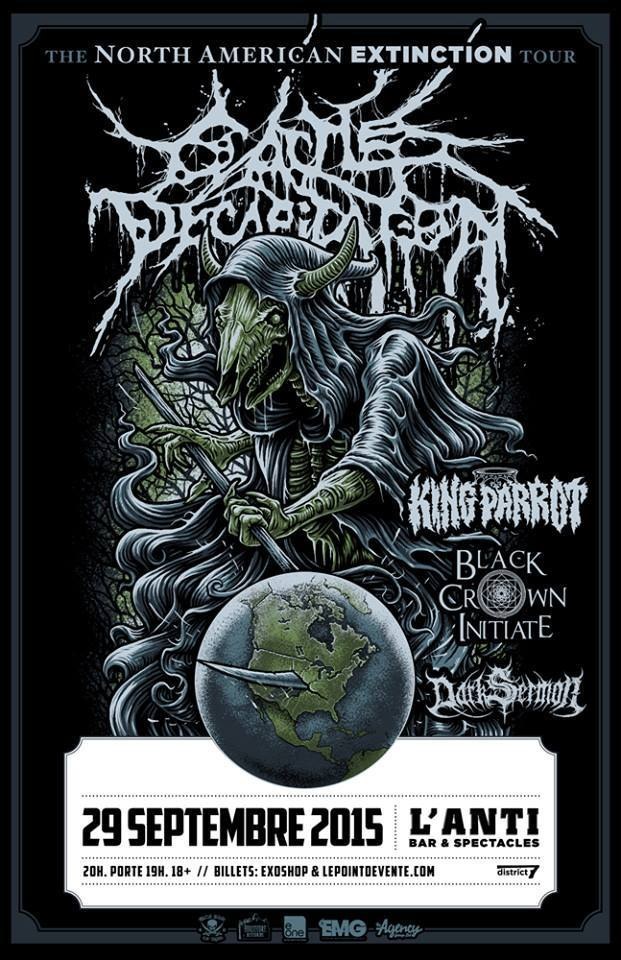
I'd probably give the first few chapters a 4/5. Some of the interviews, especially the stuff with the guys from Siege and the engineer who did their sessions, have some really interesting quotes and give some great insight into the early days of extreme metal. Personally, though, I'll stick with Sly and the Family Stone. The genre remains patently ridiculous in its self-chosen limitations (may I please request a Death Metal Christmas album?), but I see how this music can expose grim realities succinctly and violently, and cathartically. The whole game of "Choosing Death" is redeeming noisy adolescent fury with mainstream critical techniques. so I put on Napalm Death's goofy descent into hell "When All Is Said and Done," which I had previously only found ridiculous, and I suddenly realized that these barmy men were trying to personally transform the violence inherent in reality by channeling it back into the abyss-with guitars! They were asserting their will, denying their helplessness and just effing rocking out their pain.

But how? Murder a pawnbroker (Crime and Punishment), harpoon a whale (Moby-Dick), kill my mother and everyone else I can reach before the poison does me in (Hamlet)? Well, better not. So what gives? For all its limitations and grim posing, the music finally did hit me this morning: I was feeling quite low, and I couldn't shake the feeling that I was stuck in place by my own stupidly uncontrollable emotions, and I had to find some way to assert my will, somehow to break the pattern of my own thoughts and take a new direction. When you actually listen to the songs listed in the generous Essential Discography at the end of the book, it's hard to escape the feeling that it's all either a joke or an obsessive inability by the bands to shake the simple fact that people aren't angels and that we're all going to die, probably gruesomely, despite/because of the wonders of modern medicine. But the book doesn't let the thematic limitations of the genre trouble it: it skips merrily through the history of punk and then hardcore before covering the intricacies and sub-sub-sub-genres of modern Death Metal.

The genre's comically miserable adolescent male practitioners don't really recommend it (tellingly, only one female performer even comes up in this thirty-year history) nor does their annoying vocal aesthetic, in which the lead singers often sound like the Jolly Green Giant with a mouthful of chunky peanut butter trying to recite the Gettysburg Address and the songs too often focus on bodily functions, the grotesque and society's hypocrisy, which can make the whole genre seem merely nostalgic for high school.
Most rediculous death metal font professional#
This book was loaned to me by a friend who's the assistant concertmaster in the local symphony I have another friend who's an executive at a non-profit who listens to the Liquid Metal XM channel and I've recently met yet another friend who's a scary smart medical professional and also a death metal fan-the variety of Death Metal Heads in my own small acquaintance demonstrates that the music has broad appeal, but what is the appeal? Why lavish such genial warmth on a history of music that wants to destroy the world and/or stay angry forever? A decidedly minor sub-genre of rock gets the mainstream treatment in "Choosing Death," a book whose lucid storytelling and good humor almost succeed in camouflaging the fact that its subject is bands obsessed with genocide, cruelty, violence and, well, death.


 0 kommentar(er)
0 kommentar(er)
